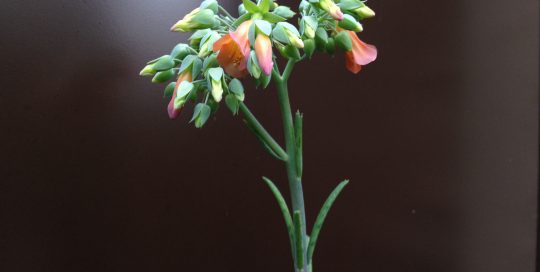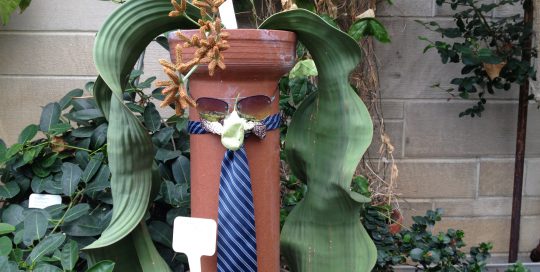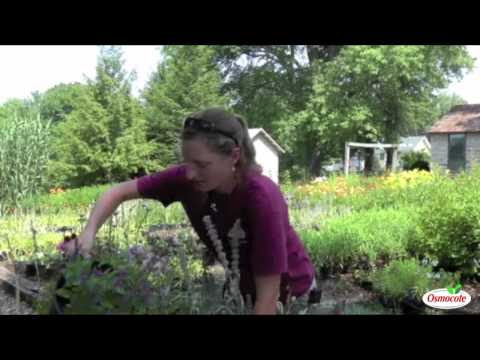Bringing plants indoors for winter
Views: 11562

It’s fall! Who doesn’t love this time of year?! Here in southern Indiana, cooler temperatures are setting in and the colors of fall are at their peak. We had our first frost last night last night and, to be honest, I welcome it. Every year I reach a point in late summer when I am just over it. I am tired of watering, deadheading and fussing over plants to keep them looking their best, I’m ready to cut everything back, pull the annuals, rake the leaves, and call it done for the season.
These might not sound like the thoughts of a professional gardener. For me, the winter slowdown is one of the perks of working in a four-season climate zone. Yes, I usually gain around ten pounds due to the dramatic decrease in my activity level. However, those ten pounds are quickly worked off in the spring when it’s time to mulch. Plus, indoor plants!
Garden Work
That being said, there is still plenty of work to do in the garden before it is buttoned up for the season. Including moving specific plants inside to protect them from freezing temperatures. Before the first frost, people often ask about which plants are worth saving and which plants they should toss in the compost. Most people don’t have access to a greenhouse. Window space may be limited, so choices must be made about which plants are valuable enough to bring inside.
My choice typically depends on either the cost of replacing specific plants or the sentimental value of the plant. This means that I generally save larger tropical plants and any houseplants that have been outside for the summer. I tend to toss the less expensive annuals in the compost. I used to bring in a handful of annual flowers every year. However, due mostly to limited sunlight, they limped along all winter. They looked so pathetic that it wasn’t worth the effort anymore.
Bringing Them Inside
Before bringing plants inside, trim off any damaged or excessive growth. Thoroughly spray the foliage with an insecticide to prevent bringing an infestation indoors. I like to use insecticidal soap since it is considered a bit more earth-friendly. It is effective against the most common invaders like mealybugs, aphids, and whiteflies. Take care to follow insecticide directions carefully. Never spray any plants when bees are present. Honeybees, our biggest pollinator are being considered for the endangered species list, so help them out and don’t spray plants that are in flower.
Other than that, just be sure to have the right size saucer for each pot to catch any overflow when watering. I also like to use a cork mat under the saucer to further protect my floors and windowsills. Plants will normally go through a little shock and shed some leaves after being moved indoors, but should recover quickly once they acclimate. Feed them with Plant food. Be sure not to overwater by feeling the soil and only watering if it feels dry. Actually that leads me to my final bit of advice, which may seem obvious, but following this tip will make moving plants indoors so much easier: Don’t water your plants for at least a few days before moving them and they will be much lighter.
Meet Abbi Hayes
Abbi's Recent Posts

Kalanchoe delagoensis: Mother of Millions







